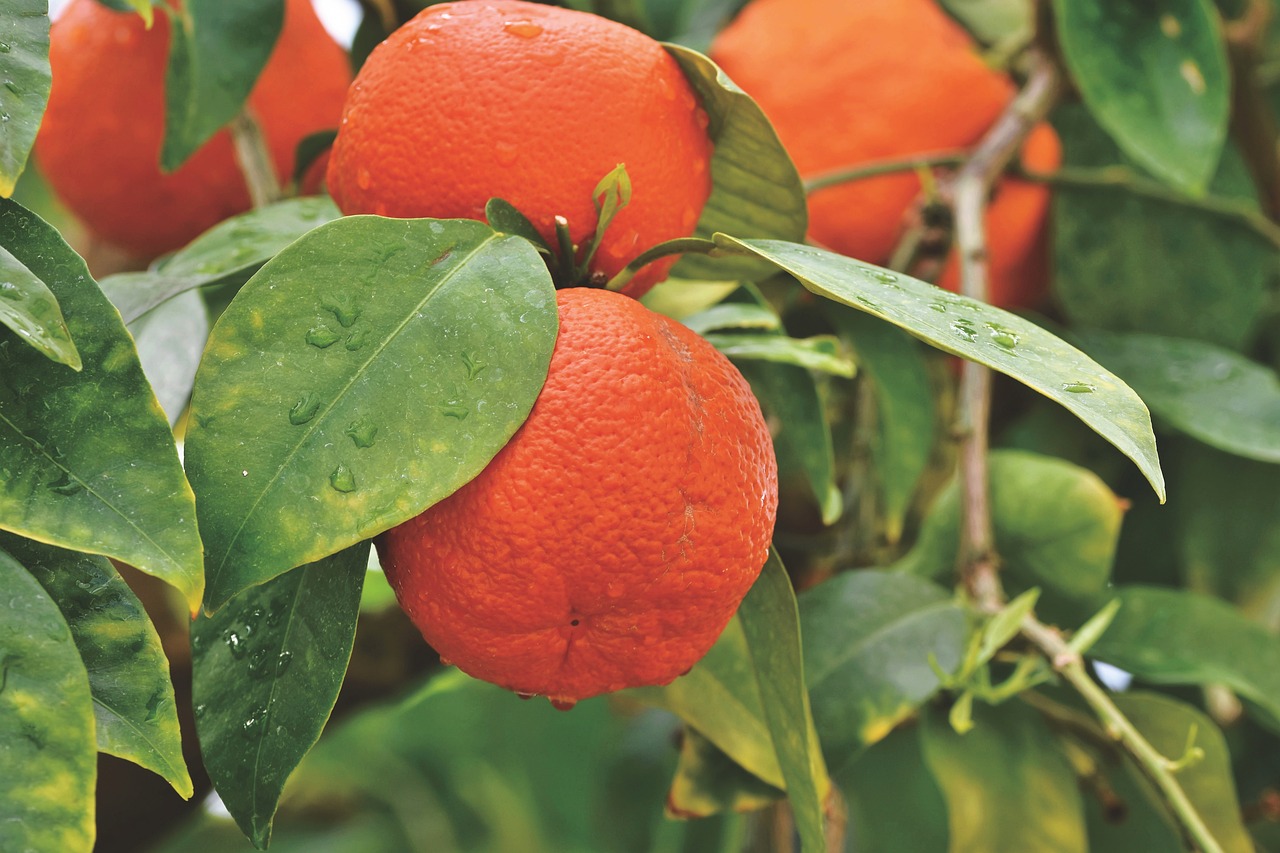Fermentation Revolution: Rediscovering Traditional Food Preservation
Food fermentation has been a crucial aspect of human history, dating back thousands of years. Early civilizations discovered that fermenting food not only preserved it but also transformed its taste and texture. Through trial and error, our ancestors learned how fermentation could enhance the nutritional value of food and make it more digestible.
Fermentation techniques were developed independently in different regions of the world as a way to make the most of seasonal harvests and extend the shelf life of perishable foods. From kimchi in Korea to sauerkraut in Germany, each culture has its own traditional fermented foods that have become staples in their diets. As societies evolved, so did the methods and understanding of food fermentation, leading to the diverse array of fermented foods enjoyed globally today.
Benefits of Traditional Food Preservation
Preserving food through traditional methods like fermentation not only extends the shelf life of perishable items but also enhances their nutritional value. The process of fermentation produces beneficial enzymes, probiotics, and vitamins that contribute to gut health and overall well-being. Additionally, fermented foods are known for their unique and rich flavors, adding a delightful variety to meals and recipes.
Moreover, traditional food preservation techniques are cost-effective and eco-friendly, reducing food waste and promoting sustainability. By fermenting food, communities have been able to preserve seasonal produce and make them available throughout the year. This not only ensures food security but also helps in maintaining cultural food traditions alive for generations to come.
Different Methods of Fermentation
Fermentation is a versatile process that can be achieved through various methods. One common method is wild fermentation, where the natural microorganisms present in the environment initiate the fermentation process. This method is often used in the production of sourdough bread, sauerkraut, and kimchi.
Another method of fermentation is controlled fermentation, which involves adding specific strains of bacteria or yeast to the food to guide the fermentation process. This method allows for more precise control over the final flavor and texture of the fermented product. Examples of foods fermented using controlled fermentation include yogurt, cheese, and kombucha.





